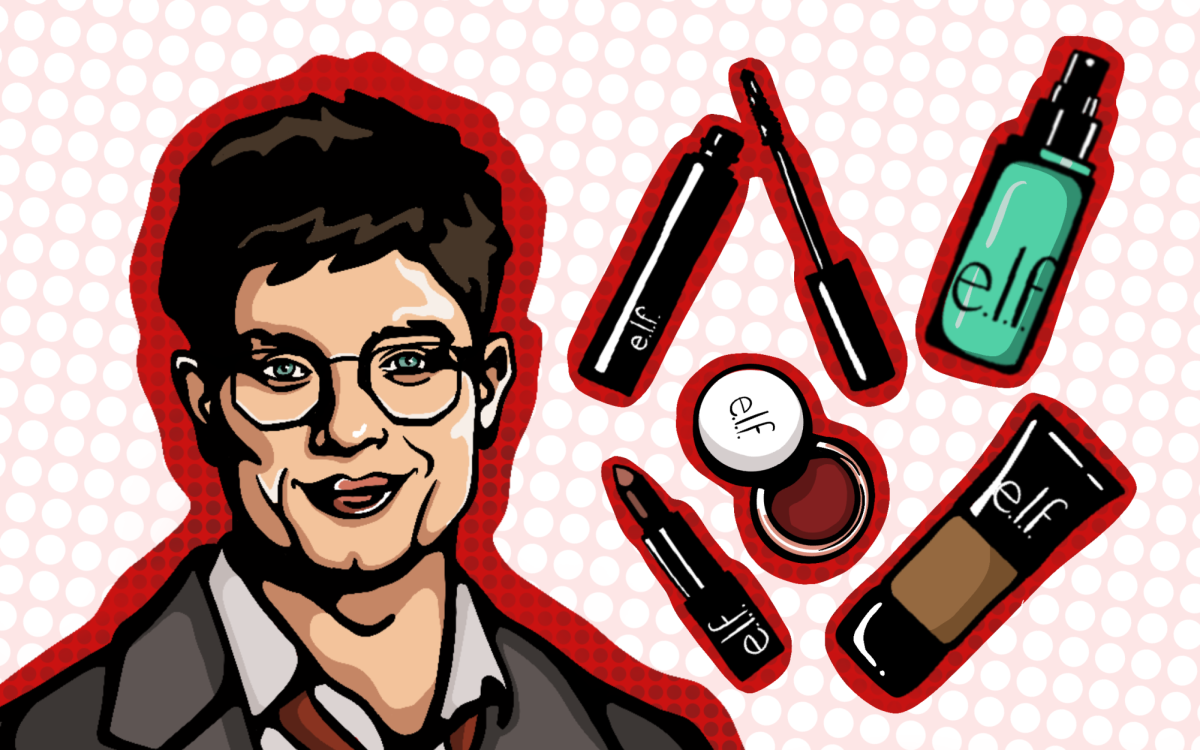As concerns about climate change continue to increase and hundreds of species go extinct every day, the topic of sustainability has never been more important to the fashion industry. Voting with their wallets, many progressive shoppers have withheld their support for companies that blatantly ignore the negative impacts fast fashion has on our environment.
“I wouldn’t feel comfortable wearing a brand that does not value ethical fashion,” said Tamara Marono, a freshman fashion design student at Kent State. “I want the brands I wear to be sustainable in every possible way and actually make a difference. They shouldn’t just talk about sustainability because they think it will attract new shoppers or because it’s a ‘trendy’ topic today.”
Listening to the voices of their customers and the desperate pleas of other climate change activists, many brands have stepped up to the plate. Gucci recently declared they are going carbon neutral. Levi’s new collection, Water<Less, uses up to 96% less water and H&M has set a goal to only use sustainably sourced materials by 2030, according to Forbes.
Making real changes to their policies and practices, these retailers’ efforts to protect the future of our planet are certainly to be commended, especially because experts estimate Earth “will expire by 2050” if we continue to use up our resources wastefully.
But while a lot of brands are busy trying to promote the fact that they are doing their part to protect the outside environment, one must be sure to notice how businesses are treating their inside environment and the most valuable, nonrenewable resource available to them — their people.
A lot can be said about a brand based on the way it treats its employees. Just like our precious ecosystems, if there is too much pressure, degradation will occur. As Tony Hsieh, CEO of Zappos, said, “Businesses often forget about the culture, and ultimately, they suffer for it because you can’t deliver good service from unhappy employees.”
If companies exhaust their employees to the point that they cannot, or will not, perform at their best, they have failed any goal of attaining “sustainability.”
To better understand what sustainable business practices look like, I had to look to the experts. Researchers Ellen Kossek, Monique Valcour and Pamela Lirio define what it means to be a sustainable workplace in their chapter, “The Sustainable Workforce: Organizational Strategies for Promoting Work-Life Balance and Wellbeing,” in the book Work and Wellbeing: A Complete Reference Guide:
“A sustainable workforce is one where the work environment is caring and supports employee wellbeing. Employees are not seen as primarily resources that can be deployed (and depleted) to serve employers’ economic ends. Their skills, talent and energies are not overused or overly depleted. They are not faced with excessive workload nor with a relentless pace of work for weeks or years on end. During times of crisis (e.g., natural disasters, sickness), employees are given time to recover or seek the extra resources they need to be able to perform in the future. Burnout is avoided and workers are given time for renewal.”
Because employees are essential to the success of a business, one must not overlook their presence in the grand scheme of corporate culture. Given the proper environment and nutrients to grow, employees’ consistent attendance, enthusiasm, engagement and productivity will flourish.
Kent State freshman fashion design student, Zahra Najafi, who has had her fair share of unpleasant workplace experiences, shared her thoughts about maintaining long-term employee morale:
“The environment of a workplace is contagious,” Najafi said. “If I feel valued [by my employers], I will feel more motivated to work and more willing to go the extra mile for those around me. I think everybody wants to feel appreciated in some type of way, and it’s important to have that aspect of recognition for any job well done.”
Najafi is not alone in her beliefs. According to LinkedIn Talent Blog, 69% of employees would work harder if they felt their efforts were better appreciated.
When employees feel energized at their workplace, customers are going to feel that same energy in the services and products they purchase. In the same way, if employees are feeling stressed, they may unintentionally release that feeling of stress on a customer, tarnishing the potential for a great customer service experience. Regardless, employers are going to win if their employees feel good about where they work.
Making a real difference in the world starts with the individual, and it’s each person’s responsibility to hold the brands they support accountable for the way they treat their employees, not only the way they treat the environment.
A sustainable business must be as mindful with its inputs as it is with its outputs. Once immersed in an encouraging climate, the respect we show one other will transform the way we respect our planet and our future on it. Showing a little compassion goes a long way, and in the long run, it will determine what companies survive, and what companies go extinct.
Support Student Media
Hi, I’m Maria McGinnis, a senior journalism student from Stow, Ohio. I’m also the editor in chief of A Magazine. My staff and I are committed to bringing you the most important and entertaining news from the realms of fashion, beauty, and culture. We are full-time students and hard-working journalists. While we get support from the student media fee and earned revenue such as advertising, both of those continue to decline. Your generous gift of any amount will help enhance our student experience as we grow into working professionals. Please go here to donate to A Magazine.













